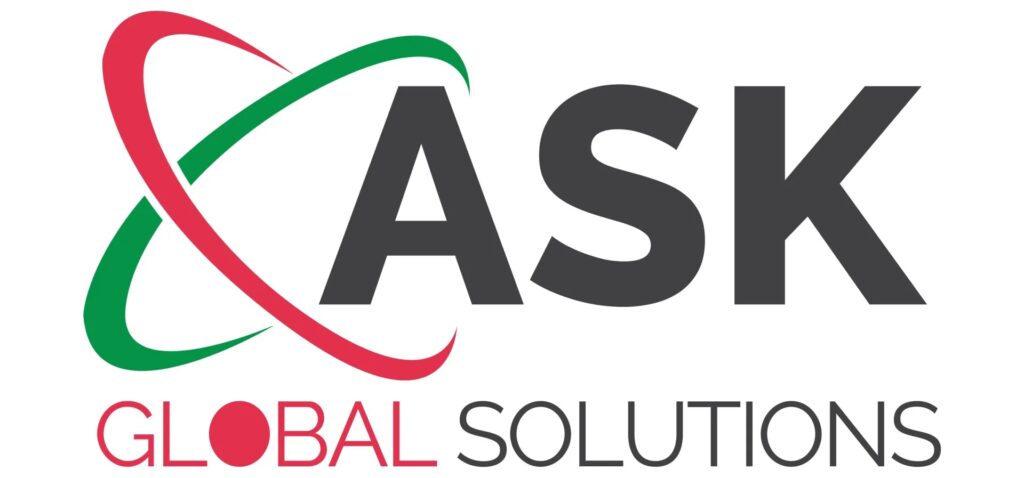By Fivos Polymniou, Director, ASK Global
Inclusivity has become a core component of Corporate Social Responsibility strategies in recent years, yet with growing numbers of retailers opting for ‘card-only’ payment models, a significant swathe of the population is becoming disenfranchised. Refusing cash may appear to simplify the operational model, especially for retailers struggling to recruit and retain enough staff, but what is the bottom line impact when seven in 10 (71%) people still have some level of everyday reliance on cash?
Retailers are increasingly exploring technologies, such as Quick Response (QR) codes that reduce the pressure on staff, while improving customer flow. But, again, this model undermines the concept of inclusivity and can deter even previously loyal customers. Removing the payment transaction from the staff remit is a great way to improve staff experience and customer throughput, and, with the right approach, retailers can become more efficient without losing any customers, irrespective of their payment preference.
Fivos Polymniou, Director, ASK Global, explains how kiosks that support both card and cash payments can ensure a retailer welcomes every customer whilst also transforming the efficiency and confidence of retail staff.

Cash Value
Cash usage is without any doubt in decline, but it is still used by a significant proportion of the public. Despite the closure of bank branches, UK consumers are still withdrawing £209 million a day from cash machines and nearly half (48%) of people said they would find a cashless society problematic. As such, access to cash was protected in 2023, through legislation passed as part of the Financial Services and Markets Act.
Despite this, growing numbers of retailers have announced they will no longer accept cash, citing both the cost and time associated with managing cash payments. Given the continued difficulties faced in recruiting and retaining staff, the decision to refuse cash goes hand in hand with other streamlining trends, such as the increasing use of QR codes to place food orders. It enables retailers to reduce pressure on staff and prioritise other areas of customer service.
But what if there was another approach? One that enabled retailers to improve the staff experience whilst also accepting whatever payment method a customer preferred? Not only would that ensure the retailer remained inclusive, but it would also avoid the risk of revenue loss associated with those customers still preferring to use cash. It would also free up staff from undertaking any payment activity, allowing them to prioritise other areas of customer service.
Offering Choice
The use of kiosks that accept both cash and cards enables retailers to offer customers a choice. Kiosks have already gained traction within the fast food industry, especially at transportation hubs, including airports and motorway service stations – although these systems tend to limit accessibility by being card only. There is no reason this model cannot be expanded to other parts of the retail sector. Indeed, across Europe card/cash kiosks are widely used everywhere from bakeries to convenience stores.
Allowing customers the chance to order and pay for a product at a kiosk and then collect it from a counter, allows staff to focus on the core business activities – such as preparing and serving food or wrapping and packing purchased items for collection. It is also far more hygienic, as staff have no need to touch either cash or card (for those payments requiring a PIN), thus reducing their exposure to germsand, critically, avoiding cross contamination, especially with food items.
Critically, it is far more efficient, allowing a retailer to improve customer flow and congestion management. Average customer transaction time is reduced by around 30%, enabling individual staff to handle far more customers per hour and, potentially, allowing a retailer to operate efficiently with a smaller team.
Retail Flexibility
One of the other benefits for retailers struggling to recruit staff is that kiosks relieve staff from the pressure and responsibility of taking a customer payment. In addition to the efficiency gain, this also minimises the likelihood of uncomfortable interactions when customers are unable to make the payment, thus reducing staff anxiety and improving overall morale. It also reduces the initial training process for new recruits, meaning staff are productive more quickly and allowing a retailer to prioritise other areas of customer service to improve the overall experience.
Removing the payment aspect from the staff to customer interaction can have a significant impact on a retail model. Charity shops, for example, rely heavily on volunteers, many of whom may be deterred by the responsibility of handling cash. A cash/card kiosk payment method – branded with the charity’s logo if required – would allow volunteers to focus on other aspects of the job, such as processing donations and interacting with customers.
Difficult design models can be used depending on the retail business and store layout. Kiosks can be either stand-alone or built into the counter. They can provide a complete closed loop system, including card reader, cash input, a printer to generate the receipt, as well as full accounting and reporting. A customisable screen allows a retailer to create product groups to provide further depth to daily reporting and end of day closing balances. Alternatively, it is possible to integrate kiosks into an existing EPOS system, simply extending the current retail model to include a flexible payment solution.
Conclusion
Cash usage may be declining but it is not disappearing. Around half of the UK’s small and medium businesses (SMBs) still rely heavily on cash, with over a third saying they have no intention of adopting cashless systems. These businesses, therefore, require a way to support cash handling that maximises revenue whilst also utilising staff skills as effectively as possible.
From hygiene to efficiency, staff training to customer service, adding a kiosk payment model delivers significant operational benefits. It improves customer throughput, cutting the risk of lost customers due to queues. It reduces staff anxiety, potentially attracting new recruits to the retail sector. Furthermore, it delivers the essential level of inclusivity key to reinforcing customer loyalty and reputation. From convenience stores to cafes, cinemas to ice-rinks, kiosks ensure everyone – whether an individual or in a group – can be part of the retail experience, whether they are paying in carefully saved coins or a one tap debit card.

